
The Ghana Statistical Service intends to go beyond monthly releases of inflation figures to providing the public with an analytical report on how the information is gathered and its implications.
This is because inflation underscored a number of macro-economic growth, therefore, it is necessary to appreciate the link between inflation and key macro-economic variables.
At a media briefing in Accra, Government Statistician, Prof. Samuel Kobina Anim, said the Service would improve its work by ensuring transparency in the way the data was gathered to report on inflation monthly and provide further interpretations to the report from the various regions.
Prof Anim indicated that the GSS was looking at going back to using three zonal areas either than the Ghana Living Standard Survey to identify the basket and the weight associated with it to validate the basket and the weight.
He said data from 2017 to 2019 had been gathered and the GSS was reviewing the basket and would soon visit the three Northern regions and do consultative meetings with key stakeholders to validate the basket so that Ghanaians would appreciate the processes involved in gathering data for the consumer price index.
Touching on the monthly Consumer Price Index (CPI) for the period of March, the Ag. Deputy Government Statistician, Mr. David Kombat, said the year-on-year inflation rate as measured by the CPI was 9.3 percent, compared with the 9.2 recorded in February 2019, representing a 0.1 percentage increase.
He stated that the change in March 2019 was 1.2 percent compared with the 1.0 percent recorded in February 2019.
The food and non-alcoholic beverage group, he noted, recorded a year-on-year inflation rate of 8.4 percent representing 0.3 percentage point higher than the rate recorded in February 2019. On the other hand, the non-food group recorded a year-on-year inflation rate of 9.7 percent in March 2019 the same as that of February 2019.
Recreation and culture recorded the highest inflation rate of 14.1 percent, followed by transport, 13.7 percent, clothing and footwear, 13.3 percent and furnishings, household equipment, and routine maintenance, 12.2 percent. Inflation was lowest in the housing, water, electricity, gas and other fuel subgroups with 2.1 percent, Mr. Kombat said.
For the regional level, the Upper West region recorded the highest inflation rate of 11.5 percent and the Brong Ahafo, Western and Ashanti Region recorded inflation rates above the national average while the Volta region recorded the same inflation rate as the national average is 9.3 percent.
The Ag. Deputy Statistician disclosed that the inflation rate for imported items was higher than that of the locally produced items.
Hits: 26
Read Full Story
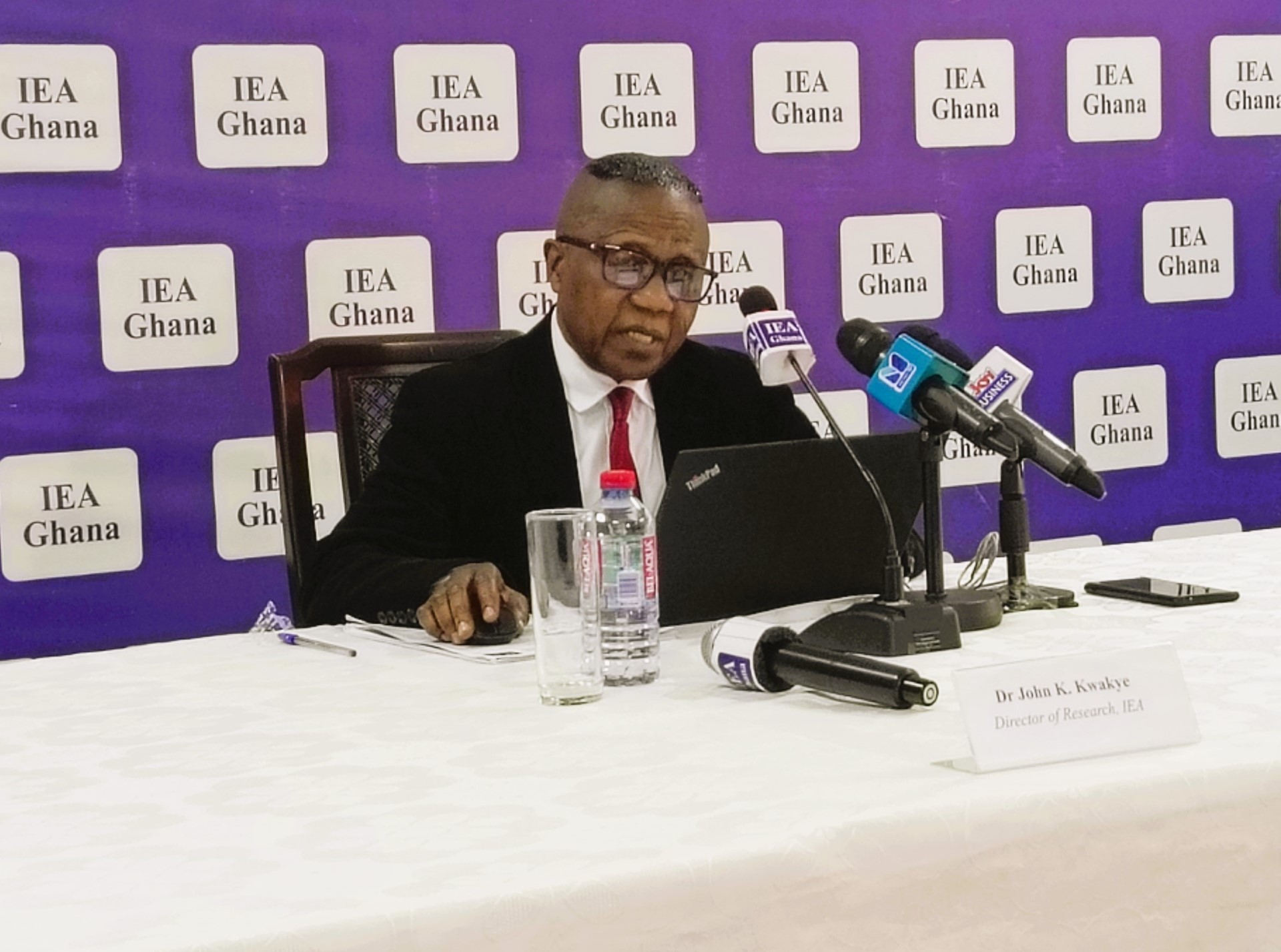
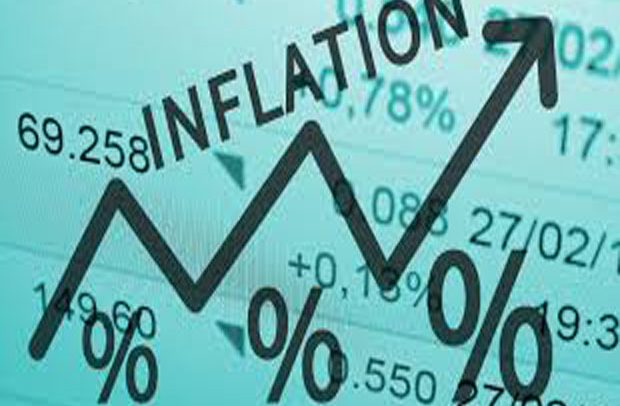





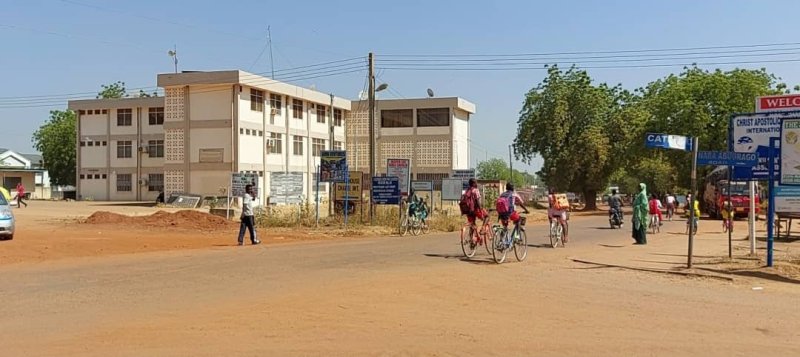
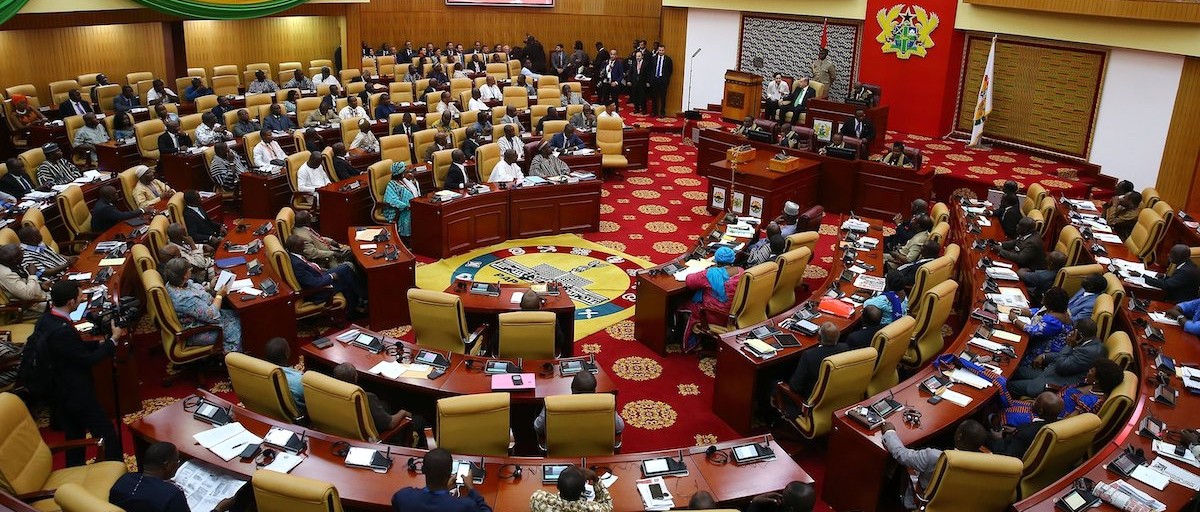





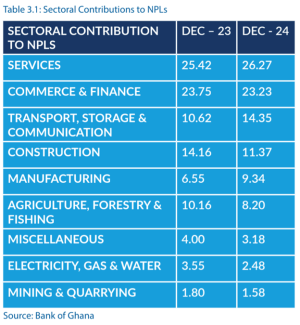

Facebook
Twitter
Pinterest
Instagram
Google+
YouTube
LinkedIn
RSS